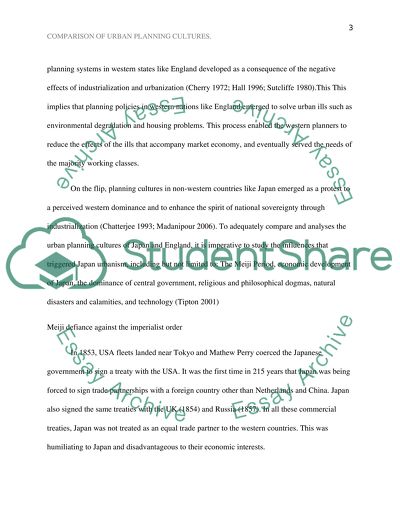Cite this document
(“COMPARING PLANNING SYSTEMS: Critically examine and compare urban Essay”, n.d.)
COMPARING PLANNING SYSTEMS: Critically examine and compare urban Essay. Retrieved from https://studentshare.org/architecture/1494168-comparing-planning-systems-ypcritically-examine
COMPARING PLANNING SYSTEMS: Critically examine and compare urban Essay. Retrieved from https://studentshare.org/architecture/1494168-comparing-planning-systems-ypcritically-examine
(COMPARING PLANNING SYSTEMS: Critically Examine and Compare Urban Essay)
COMPARING PLANNING SYSTEMS: Critically Examine and Compare Urban Essay. https://studentshare.org/architecture/1494168-comparing-planning-systems-ypcritically-examine.
COMPARING PLANNING SYSTEMS: Critically Examine and Compare Urban Essay. https://studentshare.org/architecture/1494168-comparing-planning-systems-ypcritically-examine.
“COMPARING PLANNING SYSTEMS: Critically Examine and Compare Urban Essay”, n.d. https://studentshare.org/architecture/1494168-comparing-planning-systems-ypcritically-examine.


